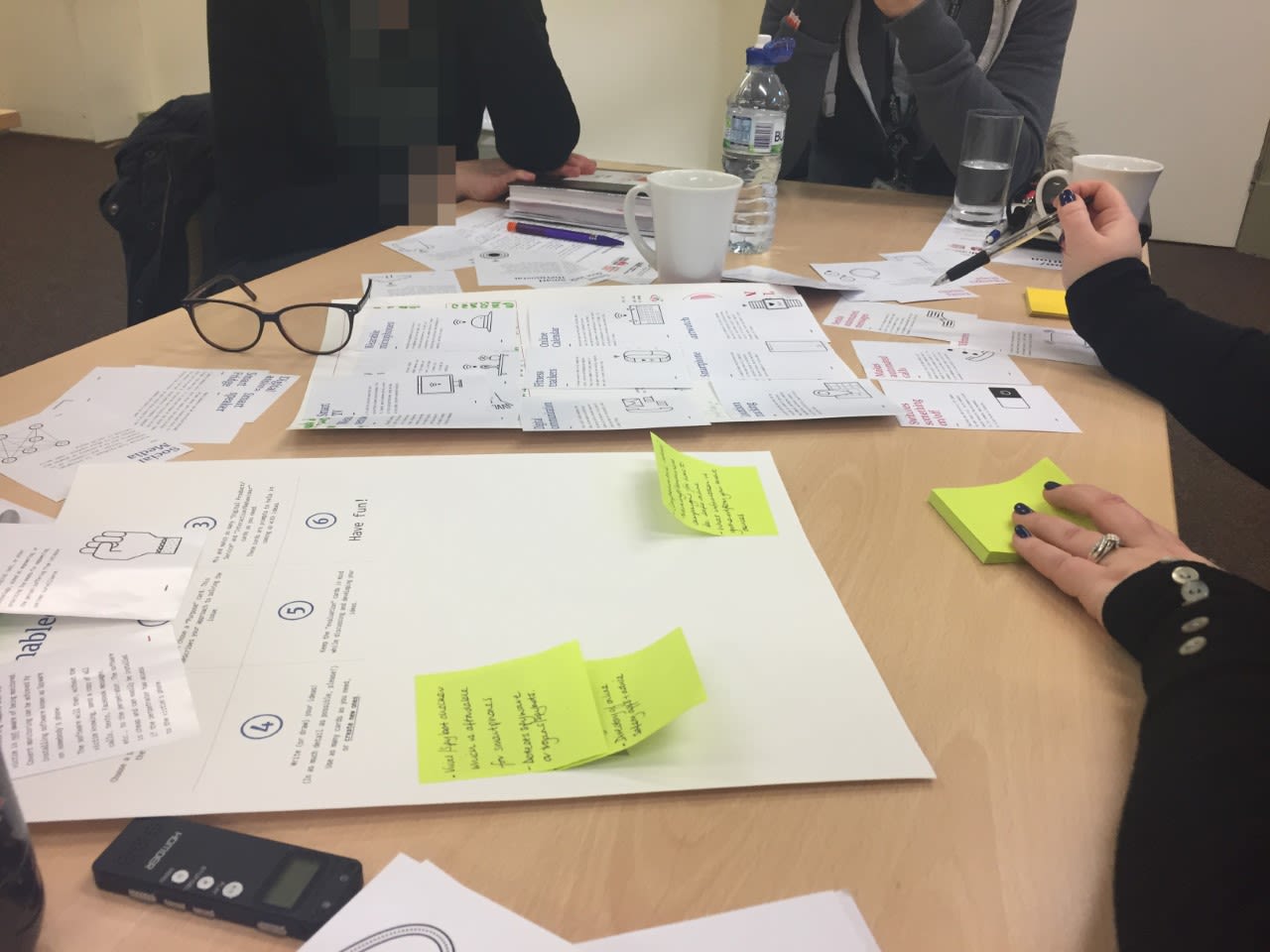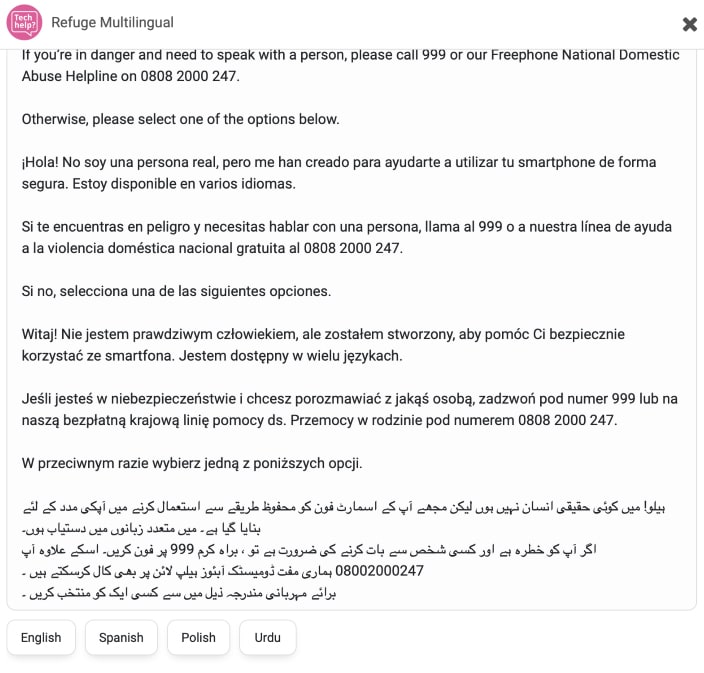
Tackling technology-facilitated domestic abuse

- Written byTeleri Lloyd-Jones
- Published date 27 June 2021

Through a practice-based PhD, Roxanne Alves Leitāo researched ways to empower survivors of domestic abuse. She co-designed a chatbot with the charity Refuge providing information and advice to protect individuals' digital privacy. Since July 2020, it has been used by 6,650 people.
On average in the UK, two women are killed each week by a partner or ex-partner. 72% of domestic abuse victims experience harassment and monitoring through digital devices either during a relationship or after. Even though a relationship may be over and the victim may no longer be within physical reach of the perpetrator, digital technologies now allow the perpetrator to continue to abuse, stalk and harass remotely, which is a significant shift over the last decade. For her PhD, Leitāo asked how we can use co-design to address technology-facilitated domestic abuse.
How did you come to your subject?
"I come from a design background and was working as a research assistant at a Centre of Excellence in Terrorism, Resilience, Intelligence and Organised Crime Research. At the same time, I was volunteering with a domestic abuse charity. Women were being stalked and surveyed through digital technologies and the support workers didn’t know what advice to give. They were worried they’d give the wrong advice and make things even worse. This particular problem seemed like a good thing to dedicate four years of my life to."

Where did you begin?
"I contacted different charities to get a broader sense of what was happening on the ground. I did a lot of training and volunteering. I was taught how to speak with survivors and how to support them. The charities recruited all my interviewees, it wouldn't have been possible without that collaboration and that friendship."
This was a process of co-design?
"Yes, we ran workshops with survivors and focused on personas and scenarios, rather than personal experiences. It was all around narrating what it could be like for a woman in this position or that position. If people chose to share their stories, that's great but if they chose not to, that was fine as well.
From the charity’s data we looked at what platforms women were struggling with most: Facebook, WhatsApp, Google Maps, Instagram, Snapchat, and then location services like Apple ID and iCloud family sharing.
A survivor of domestic abuse can put herself at more risk if she cuts off these avenues for digital surveillance; it can escalate to physical stalking and abuse. The chatbot is about empowering people to know who has access to their data. If you know where to look, the information is there."

"A survivor can anonymously use the chatbot to understand what and how this is happening. Then they can decide whether to stop it or not. You know how you're being watched and also what you can do to escape that surveillance.
The chatbot wasn't my idea: it was a collaborative idea. It came from those workshops and we – myself and collaborators from Refuge – refined it and made it viable."
So, the chatbot is on Refuge’s homepage now?
"Yes, it has been used a lot; usage skyrocketed because of the pandemic lockdown. It demonstrates that there are a lot of women out there experiencing this and looking for support and guidance.
While I’m proud of what we’ve created, it’s a band aid patching over a small part of what is a huge societal issue. There is a constant power imbalance between men and women; we live in societies in which these levels of violence and abuse of women is, to some extent, considered acceptable.
I chose a practice-based PhD because I wanted to create something real in the world. This work is important to me; it feels meaningful."
